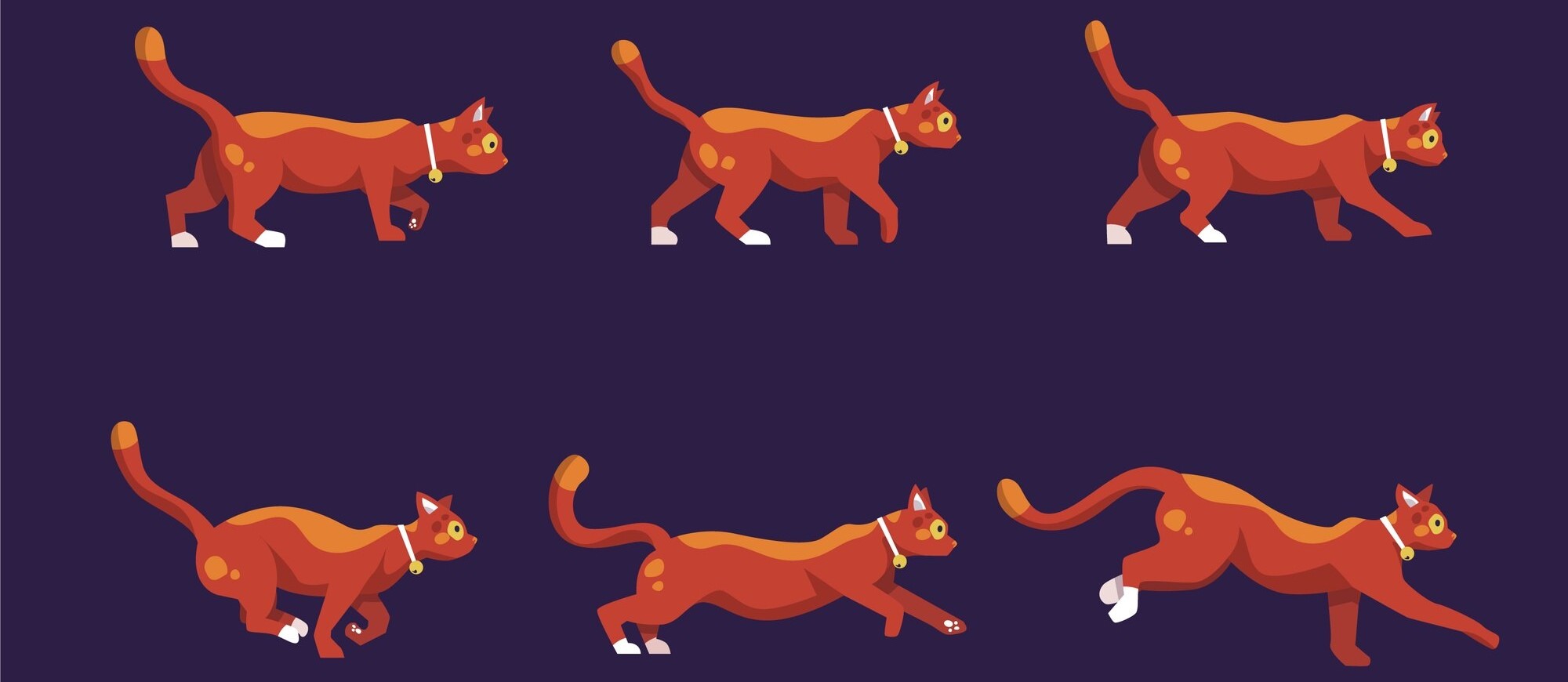Ever wondered what your cat is trying to tell you with their flickering tail?** While many assume it’s just a whimsical display, research shows your cat’s tail actually speaks volumes! Understanding it can unlock a whole new level of cat-human communication. Curious to delve deeper? Recent studies suggest that misinterpreting tail language might lead to stressful interactions—but fear not, we’ll guide you through the feline lexicon. Let’s dive into the linguistics of tails and unveil their mysteries!
1. The Classic Tail Up
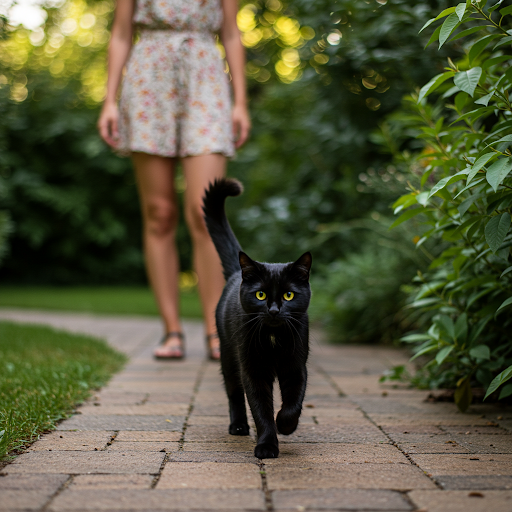
The tail held high is essentially your cat’s way of saying, ‘Hello, friend!’ When a cat approaches you with their tail up, they’re displaying confidence and friendliness. It’s like a furry high-five! Research indicates that cats with vertically-held tails are usually more open to social interactions. So, reciprocate with some gentle affection.
2. Twitching Tip
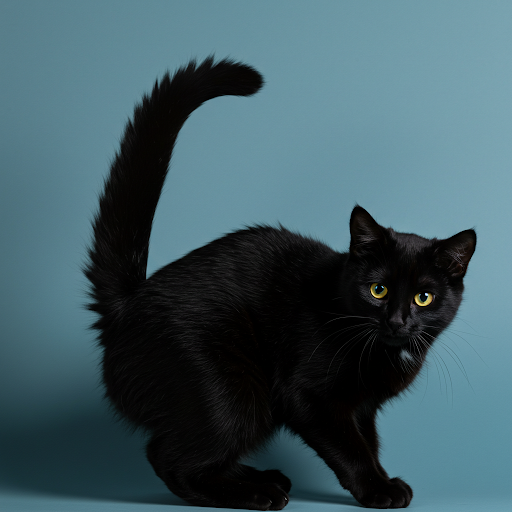
If your cat’s tail tip is twitching, it might be time for a cuddle break—or not! This quick, twitchy movement can signal excitement, yet it’s also seen in curious cats exploring their environment. Be observant: is your cat seeking a toy or a treat? Tune into the whole body language for the final clue.
3. The Question Mark Tail

A tail shaped like a question mark is your feline’s way of pondering: ‘Shall we play?’ This invites playfulness and engagement. Join the fun with a toy or a gentle chase around the living room. This tail gesture is their invitation, making the ‘play’ button on their social life!
4. Whipping Tail
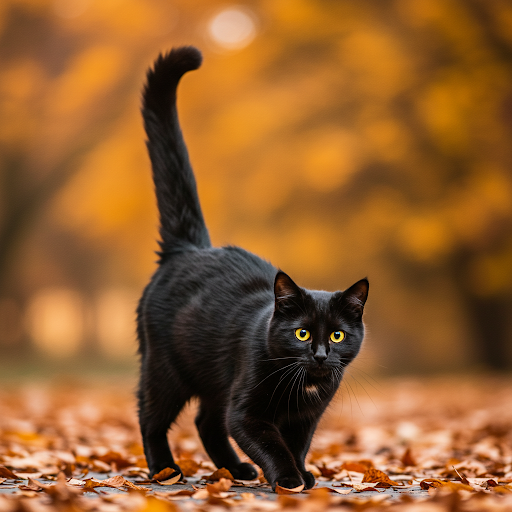
Watch out! A whipping tail could mean your cat is about to go into overdrive—whether it’s zoomies or irritation. Usually, when something’s rubbing them the wrong way, a speedy flick could mean, ‘Back off!’ Notice the context: are they playful or peeved? It’s a dual role gesture with precision intent.
5. Tucked Away
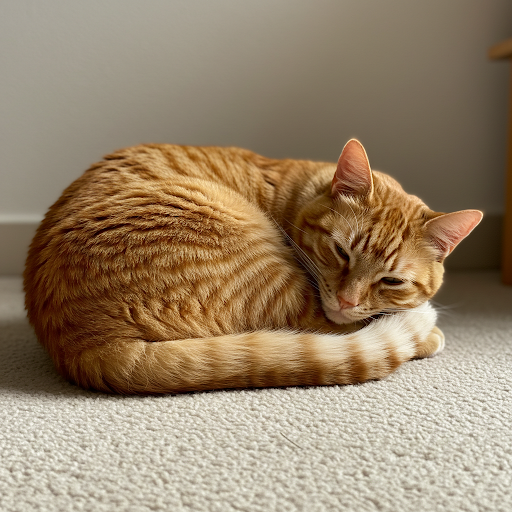
A tail tucked under their body reflects fear or submission, much like a canine. It’s a sign of a stressed or anxious cat. Whether it’s a visit to the vet or loud noises, try to create a calming environment for your feline friend. A tucked tail calls for extra comfort and understanding.
6. Quivering Tail

Is your cat’s tail quivering like an excited child opening a gift? That’s pure happiness! This signals that your cat is thrilled to see someone or something. Often observed when reunions happen, it’s an invitation to reciprocate affection—scratch behind the ears, perhaps?
7. Lashing Tail
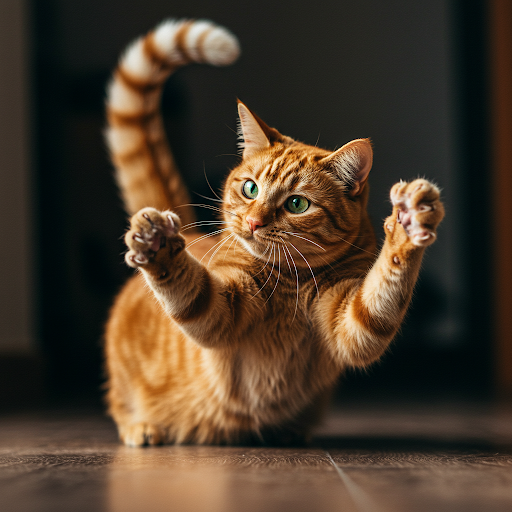
If your feline is lashing its tail, it could be standing at the intersection of frustration and agitation. Much like swatting flies, this rapid movement usually means ‘Leave me be.’ While it’s common in stressful situations, knowing when and how to give space can improve kitty-owner bonds.
8. Puffed-Up Tail

Ever seen your cat’s tail resemble a brush? This is a classic display of fear or surprise. That poofy tail means your cat is trying to look bigger and more formidable. Common in swooping bird encounters or startling noises, giving your cat reassurance can deflate that fluffy tail back to normal.
9. Side-to-Side Swing
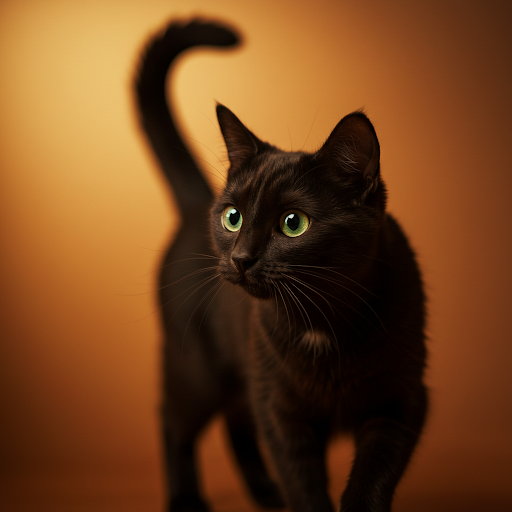
A slow side-to-side tail sway is quintessential cat curiosity. Much like pawing at unseen treasures, it indicates pondering. Your feline is figuring something out, deciding if it’s a friend or foe, a toy or a mere mirage. The cat version of deep thought!
10. Tail Low and Still
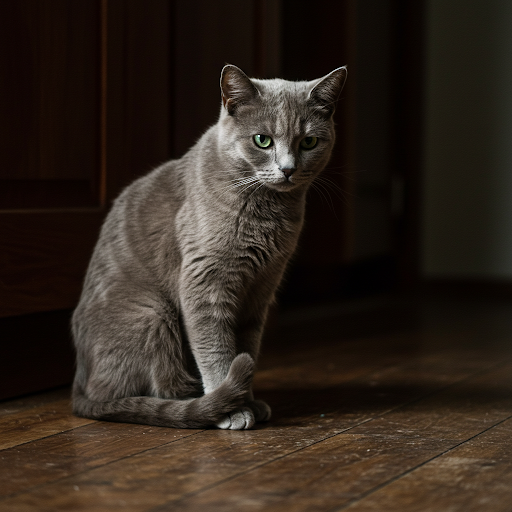
A low, still tail is all about caution. This movement gauges their surroundings, especially in unfamiliar territories. It’s a blend of caution and curiosity. When going for cautious strolls in new homes or environments, it whispers, ‘I’m not too sure about this.’ Allow for gentle encouragement.
11. Tail Hanging Down
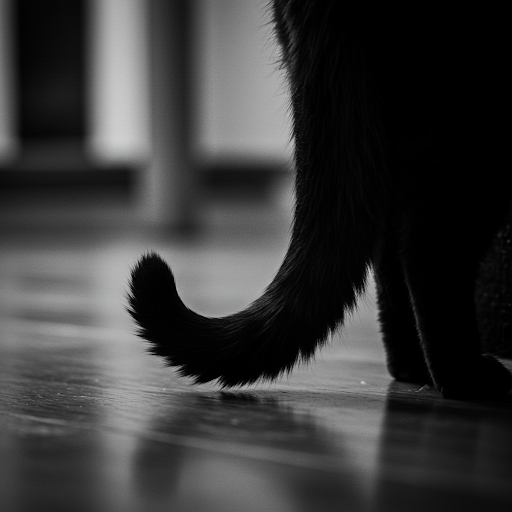
Sometimes, a cat’s tail will hang loosely downward, indicating relaxation. This easy-going demeanor suggests a calm and content kitty. Much like us humans at the end of a long day! Recognizing this can improve bonding, allowing for peaceful cohabitation with your feline companion.
12. Unusual Tail Movements

Don’t panic if your cat showcases strange tail movement. Such quirks can arise due to medical conditions or mood swings. Whether it’s a twitch from discomfort or uncontrolled movement, consulting a vet can rule out possible issues. Observing tail movement is as vital as any health check-up.
13. Tail Circles
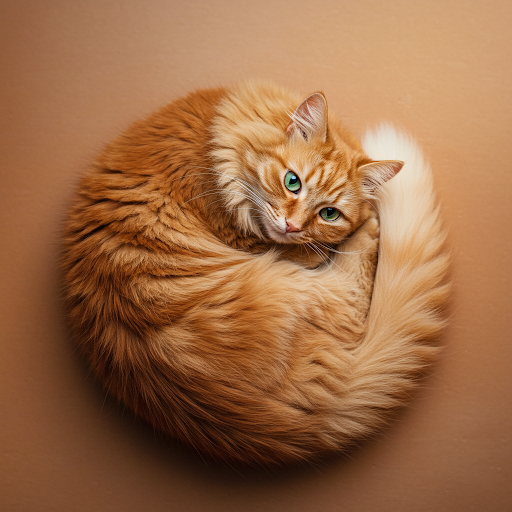
Cats can wrap their tails around themselves in a circle, signaling warmth and contentment. Much like wrapping yourself in a cozy blanket, it’s a gesture of self-soothing. Whether sunbathing or napping, take this as ‘I’m cool, stay cool.’ After all, you don’t disturb a cat mid-sunbathe.
14. Tail Flick at the Base

A flick at the tail base can mean your cat is annoyed but not quite ready to escalate. This precursor flick can be ‘this is your first warning’—a subtle yet effective communication. Be gentle and responsive to ensure a smooth transition back to happier vibes.
15. Double Tail Flick
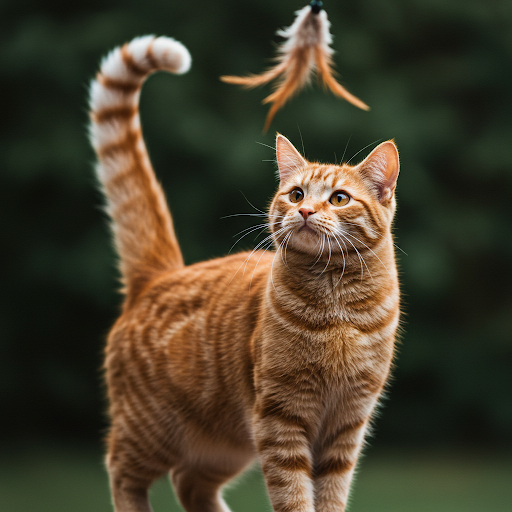
This double flick often smacks you with a double sense of playfulness or trickiness. It invites a game of hide and seek or chasing mystery toys. Great for engaging with younger, energetic cats. Double flicks spring from pure exuberance and are particularly common post-kittenhood.
16. Tail Hug
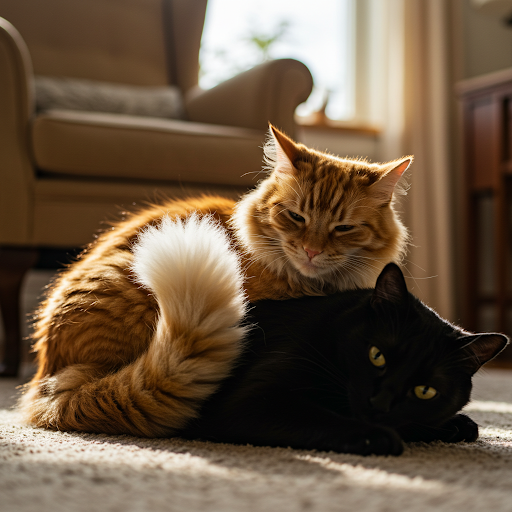
When cats wrap their tail around you or another cat, it’s a sign of affectionate bonding. This ‘tail hug’ is their way of demonstrating comfort and connection, almost akin to linking arms. Reinforces the trust and friendship between companions in the feline world!
17. The Half-Mast Tail
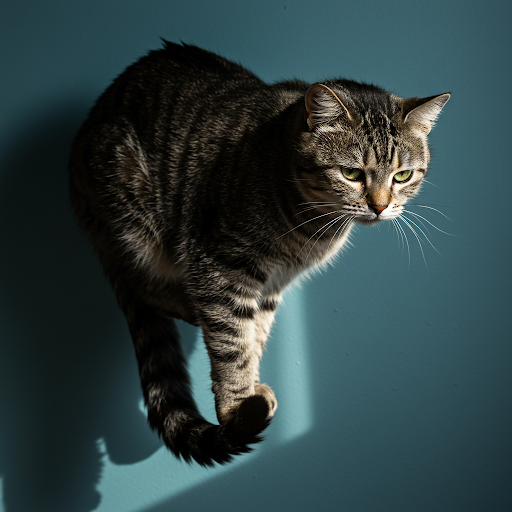
A tail at half-mast indicates indecision. It hovers between feelings, much like contemplating pizza toppings: all options are on the table! Whether considering whether to engage or observe, it symbolizes your cat’s pondering nature. Offer a gentle nudge in the form of a toy or treat.
18. Conclusion: Understanding Feline Conversations
So, what does your cat’s tail say? Deciphering these signals can enhance the harmony between you and your feline friend. Each movement tells a story, from excitement to distress. By tuning in, you’ll become a better companion to your cat, nurturing an unspoken bond through shared comprehension. As you decode these tail talks, venture into the lush world of feline emotions and instincts. Got any curious tail tales of your own to share? Let’s hear them below!

